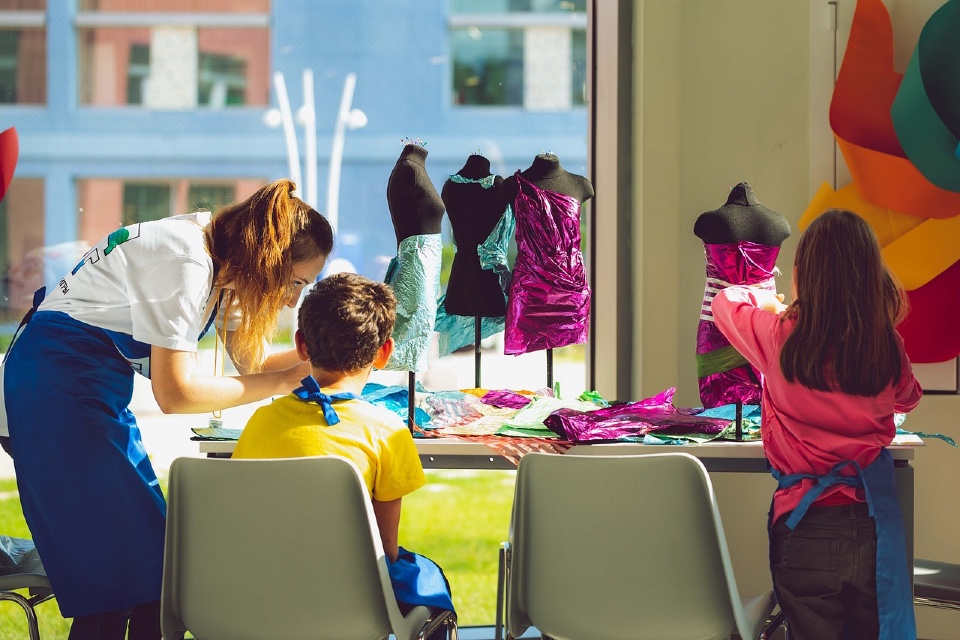The landscape of education, particularly in the physical environment of classrooms, has seen significant transformation over the past decade. Amid changing pedagogical approaches and the integration of technology in learning, classroom furniture has evolved in response to these shifts, striving to foster an environment that is both conducive to learning and adaptable to various teaching styles. Here are the key trends to have impacted classroom design, based on input from Education Forum delegates and suppliers…
- Ergonomic Design: In the past, classroom furniture was often one-size-fits-all. Recent years, however, have seen a growing emphasis on ergonomics. Recognising that students spend a significant portion of their day seated, chairs and desks are now designed to support posture and reduce physical strain. Adjustable chairs, for example, cater to diverse height requirements, ensuring that students can sit at a desk with their feet flat on the ground and their eyes level with the top of a computer screen.
- Flexible Layouts: Traditional classroom layouts typically had rows of desks facing a blackboard at the front. The modern classroom, however, values flexibility. Modular furniture pieces which can be easily rearranged have become popular, allowing educators to switch between group work, pair work, and traditional layouts with ease. This adaptability facilitates a range of pedagogical strategies, from collaborative learning to direct instruction.
- Integration of Technology: With the digital age in full swing, furniture now accommodates technological devices. Tables with built-in charging stations, desks designed for laptops and tablets, and even interactive touch tables for group projects have become more common. Such integration ensures that classrooms can harness the benefits of technology without it becoming a disruptive factor.
- Inclusive Design: Classroom furniture has seen strides in accommodating students with diverse needs. Wheelchair-accessible desks, tactile surfaces for visually impaired students, and furniture designed for those with specific learning needs are now more readily available. This shift not only supports inclusivity but also ensures every student has an equal opportunity to engage in the learning process.
- Sustainable Materials: The environmental movement has influenced classroom design with a push towards sustainable and eco-friendly materials. Schools are now more likely to invest in furniture made from recyclable materials or sustainably sourced wood. This not only reduces the environmental impact but also educates students about the importance of sustainability.
- Aesthetic Evolution: Gone are the days of drab, uniform classroom furniture. Modern classrooms in the UK now often feature vibrant colours and innovative designs. This aesthetic shift is grounded in research that suggests a stimulating environment can enhance creativity and engagement, making learning a more invigorating experience.
The last decade has seen classroom furniture in the UK undergo significant changes, reflecting broader shifts in educational philosophies, societal values, and technological advancements. As we look to the future, it’s clear that the evolution of classroom environments will continue to play a pivotal role in shaping the learning experiences of students.
Are you researching classroom solutions for you school or college? The Education Forum can help!
Image by Vlad Vasnetsov from Pixabay



Leave a Reply